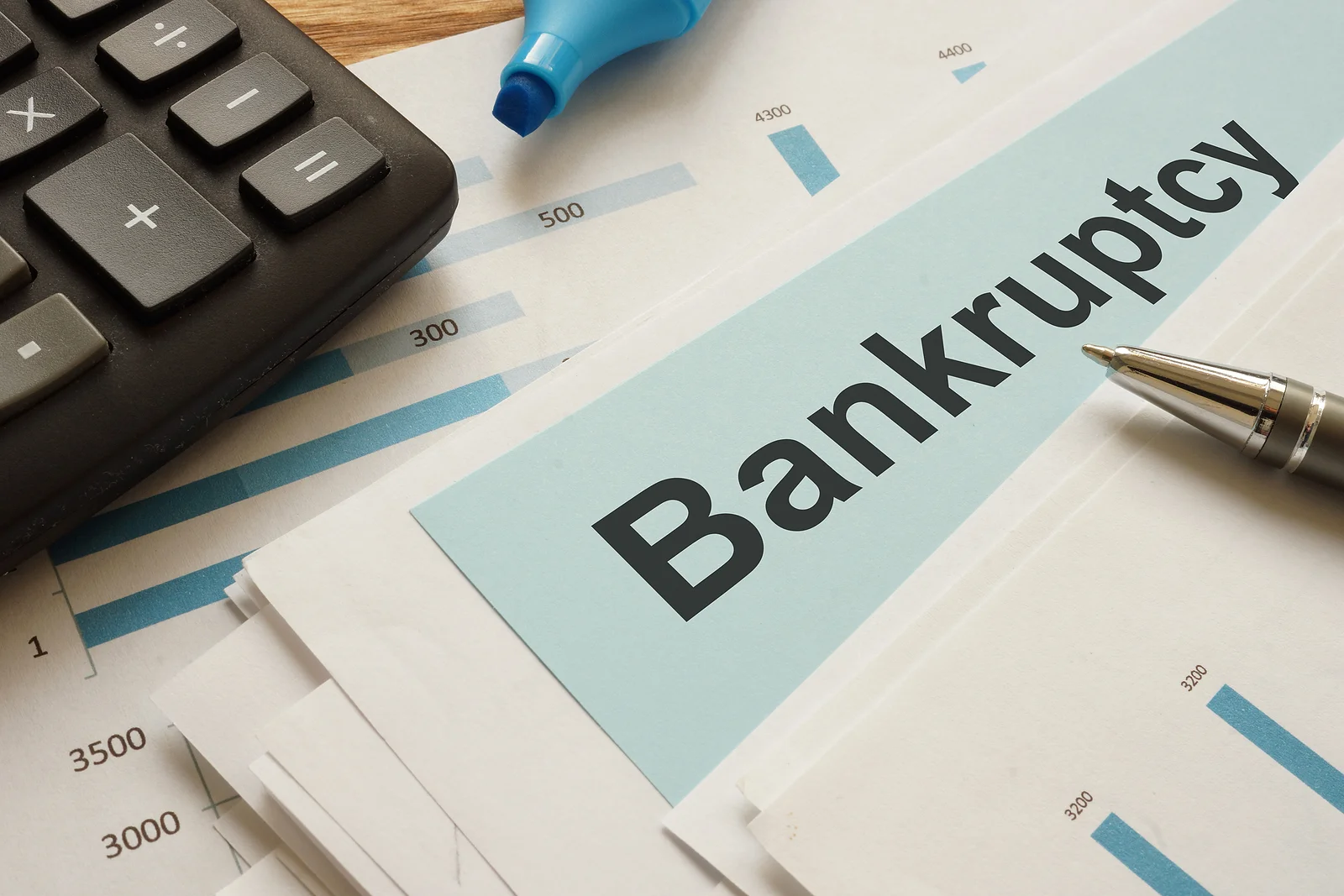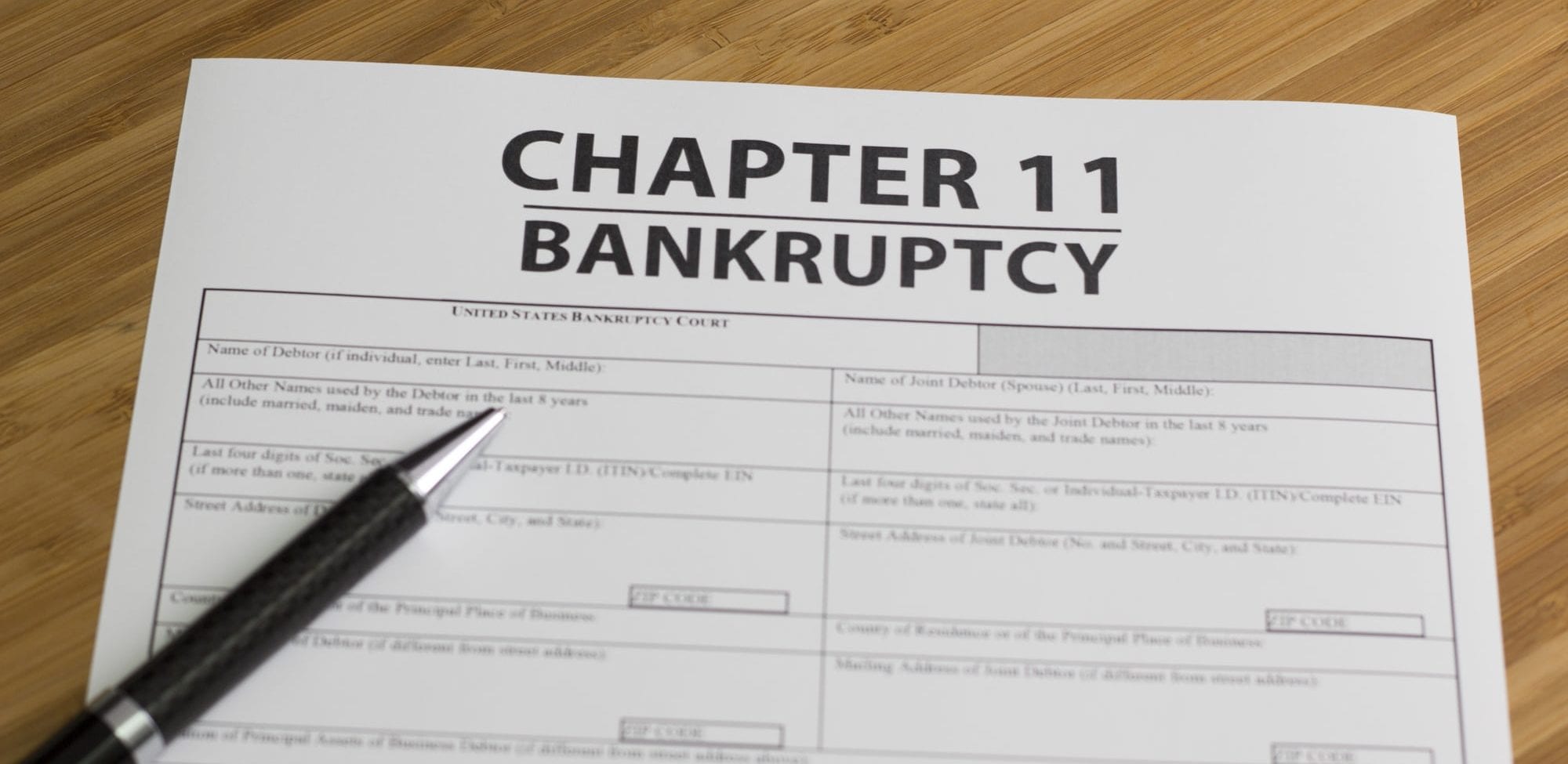Bankruptcy is a legal process that provides individuals and businesses with financial relief when they are overwhelmed by debt. Many people wonder if there are two types of bankruptcy, and the answer is more complex than a simple “yes” or “no.” In this article, we will explore the primary types of bankruptcy in the United States and discuss the differences and key features of Chapter 7 and Chapter 13 bankruptcies.
Chapter 7 Bankruptcy: Liquidation and Debt Discharge
Chapter 7 bankruptcy, often referred to as “liquidation” bankruptcy, is a common form of bankruptcy for individuals. In this process, non-exempt assets are sold, and the proceeds are used to pay off creditors. The remaining eligible debts are then discharged, providing a fresh start for the debtor.
Key Features of Chapter 7 Bankruptcy:
- Eligibility is determined based on income and a means test.
- Most unsecured debts, such as credit card debt and medical bills, can be discharged.
- Typically, the process is relatively quick, and debtors may receive a discharge in a matter of months.
Chapter 13 Bankruptcy: Repayment Plan for Individuals
Chapter 13 bankruptcy is an alternative for individuals with a regular income who want to retain their assets and work out a structured repayment plan for their debts. Under this chapter, debtors propose a repayment plan to the court, and their debts are restructured over three to five years.
Key Features of Chapter 13 Bankruptcy:
- Individuals with a steady income source are eligible.
- Debts are not necessarily discharged, but they are reorganized and managed through a structured payment plan.
- Debtors may retain their assets and catch up on missed mortgage or car loan payments.
What’s the main difference between Chapter 7 and Chapter 13 bankruptcy?
The primary difference is in how debts are handled. In Chapter 7, most unsecured debts are discharged, while in Chapter 13, debts are restructured, and a repayment plan is established. Additionally, Chapter 7 is typically for those with lower income, while Chapter 13 is for individuals with regular income.
Which type of bankruptcy is faster, Chapter 7 or Chapter 13?
Chapter 7 bankruptcy is generally faster. Debtors may receive a discharge in a few months. In contrast, Chapter 13 involves a longer process because it includes a structured repayment plan that spans three to five years.
Can I choose between Chapter 7 and Chapter 13 bankruptcy?
Eligibility and the choice between Chapter 7 and Chapter 13 bankruptcy often depend on your income, expenses, and financial situation. In some cases, you may have a choice, while in others, eligibility criteria will determine the appropriate chapter.
Conclusion
In conclusion, there are indeed two primary types of bankruptcy in the United States: Chapter 7 and Chapter 13. Each serves a distinct purpose and caters to different financial situations. Chapter 7 provides a fresh start through the discharge of most unsecured debts, while Chapter 13 offers a structured repayment plan for individuals with regular income. The choice between the two depends on individual circumstances, and eligibility criteria play a significant role in determining which type of bankruptcy is suitable for a debtor’s specific financial situation.







